What Makes the US Education System Unique?
The US education system is a tapestry of diverse educational institutions and learning opportunities. From the bustling public schools to the serene campuses of private colleges, the system offers a rich array of choices. Public schools are the backbone of the American school system, providing accessible learning funded and run by state and local governments. Private schools, often affiliated with religious organizations, offer alternative educational philosophies and smaller class sizes.
Community colleges serve as a gateway to higher education for many students, offering two-year programs that lead to associate degrees and certifications. These institutions are crucial for students seeking affordable schooling and a pathway to four-year universities. State colleges and universities, funded by state governments, provide a wide range of undergraduate and graduate programs at a lower cost than private institutions. They are known for their research opportunities and diverse student bodies.
Private colleges and universities, which range from small liberal arts colleges to large research universities, offer specialized programs and intimate learning environments. Notably, Historically Black Colleges and Universities (HBCUs), Hispanic-Serving Institutions (HSIs), and Tribal Colleges and Universities (TCUs) play a significant role in serving minority populations and promoting diversity in higher education.
How Do Students Afford Higher Education in the US?
Financial aid is a lifeline for many students navigating the costs of higher education in the US. Federal student loans are a primary source of financial support, providing students with the funds necessary to cover tuition and other expenses. These loans come with various repayment plans designed to ease the financial burden after graduation.
Grants and scholarships are another essential component of financial aid, offering students money that does not need to be repaid. These awards are often based on merit or financial need and can come from federal and state governments, educational institutions, and private organizations. For students who qualify, work-study programs provide the opportunity to earn money through part-time employment while attending school.
State and institutional aid play a crucial role in bridging the financial gap for many students, making higher education more attainable. State governments allocate funds to provide grants and scholarships that can help cover tuition, fees, and other educational expenses. These awards are often based on criteria such as financial need, academic merit, or a combination of both, ensuring that a broad spectrum of students can benefit.
Individual colleges and universities also contribute significantly by offering their own forms of financial assistance. These can include need-based scholarships, which are awarded to students who demonstrate financial hardship, and merit-based scholarships, which recognize students’ academic achievements, talents, or other criteria like leadership and community service. Some institutions also provide work-study programs, allowing students to earn money while gaining valuable work experience on campus.
Additionally, many schools have special funding programs for specific groups of students, such as first-generation college students, underrepresented minorities, or students pursuing particular fields of study. These targeted aids not only help to diversify the student body but also support students who might otherwise struggle to afford higher education.
What Are the Recent Policy Changes Impacting US Education?
Recent policy changes have significantly impacted the landscape of US academics, aiming to address longstanding issues and adapt to new challenges. Increased funding for public schools has been a central focus, with efforts to improve infrastructure, enhance resources, and support teacher salaries. These initiatives aim to provide a better learning environment for students and help close the achievement gap.
Standardized testing reforms have sought to reduce the emphasis on these tests in college admissions, addressing concerns that they may not accurately reflect a student’s potential. By considering a broader range of factors, such as extracurricular activities and personal essays, colleges can gain a more holistic view of applicants.
Expanding financial aid programs is another critical policy change, designed to make higher education more accessible to low-income students. Initiatives like the Pell Grant expansion and the introduction of free community college programs aim to alleviate the financial barriers that prevent many students from pursuing higher degree.
A strong emphasis on STEM (Science, Technology, Engineering, and Mathematics) education reflects the growing demand for skilled professionals in these fields. Programs promoting STEM education seek to prepare students for the evolving job market and foster innovation and competitiveness in the global economy.
The US academic system is a dynamic and complex entity that offers numerous opportunities for students and educators alike. Understanding the various institutions, financial aid options, and policy changes is crucial for navigating this landscape and making informed decisions about schooling. As the system continues to evolve, staying informed about these changes will help ensure that future generations have access to quality education and the resources they need to succeed.







